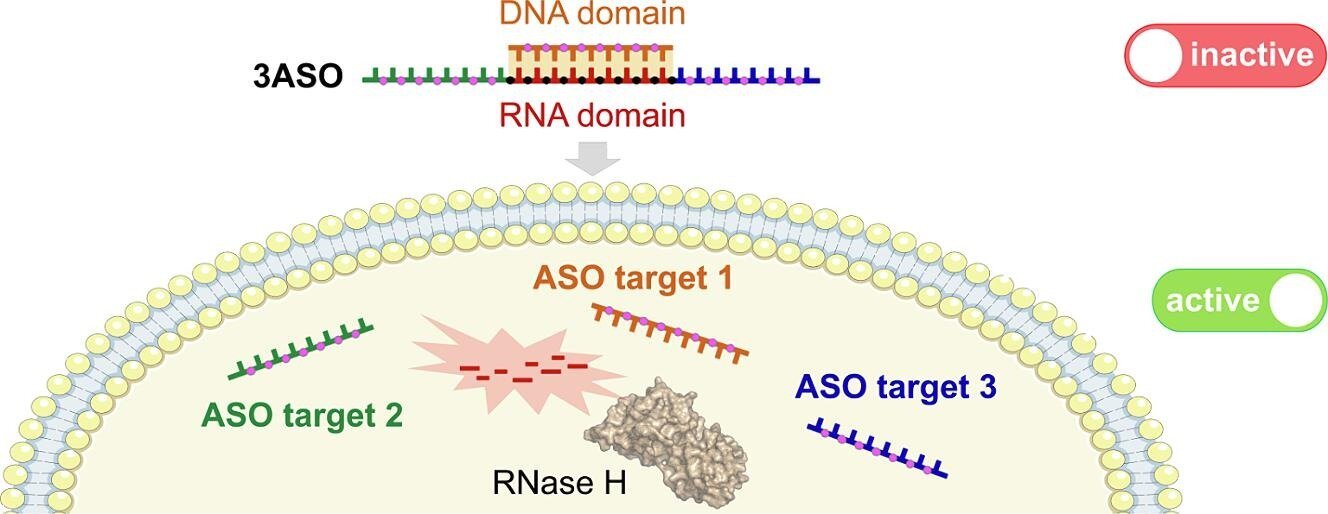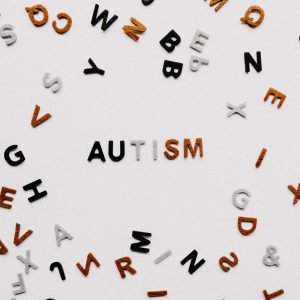
A study led by researchers of the Institute of Biomedicine of the University of Barcelona (IBUB) has developed a new pharmacological tool capable of simultaneously administering three oligonucleotide-based drugs, each acting against a different therapeutic target within the cell.
The paper, published in the journal Bioorganic Chemistry, presents a proof-of-concept of this innovative triple-targeting compound, which has been successfully applied to breast cancer cells. According to the researchers, it is a therapy with “high potential for the treatment of complex diseases such as cancer or diabetes.”
The study is led by Professor Montserrat Terrazas, from the UB’s Department of Inorganic and Organic Chemistry of the Faculty of Chemistry, and by Sandra Pérez-Torras, lecturer at the Department of Biochemistry and Molecular Biomedicine of the UB’s Faculty of Biology and researcher at the Center for Biomedical Research Network on Liver and Digestive Diseases (CIBEREHD) and the Sant Joan de Déu Research Institute (IRSJD).
Professor Marçal Pastor Anglada has also participated and postdoctoral researcher Aida Mata-Ventosa and predoctoral researcher Ariadna Vila-Planas have taken part as first authors of the scientific article.
New strategy against drug resistance
Multifactorial or complex pathologies, such as cancer, are the result of the joint action of multiple factors in the body, which activate different tumor signaling pathways. This multiplicity of signals makes cancer cells resistant to some treatments because when the drug blocks the primary signaling pathway, the tumor’s secondary signaling pathways are activated.
“Combinations of small-molecule drugs are often used to address these problems, but many of the combination therapies approved so far have several limitations, such as the difficulty of interacting with target proteins with poorly defined binding sets or toxicity problems due to the interaction between drugs of different chemical nature,” explain the researchers.
Faced with this challenge, the UB team has developed a pharmacological tool that manages three antisense oligonucleotide drugs (ASOs). These are short chains of nucleic acids designed to bind to specific messenger RNAs and thus block the key function of this molecule in protein synthesis in cells.
This triple drug compound has been successfully applied in breast cancer cells to inhibit the expression of three specific proteins (Akt, Hsp27 and HER2), which contribute to poor breast cancer prognosis and drug resistance.
The results of the new study show that the toxicity of this innovative therapy on cancer cells is superior to the combination of the three ASO-like drugs administered independently.
“In addition, the specificity of the targets chosen makes it possible to attack tumor cells with these alterations without affecting non-tumor cells,” add the researchers.
Activation of the new combination drug inside the cell is mediated by the RNase H enzyme, which is found naturally in the cell cytoplasm. “This enzyme recognizes the central part of the construct (a hybrid of RNA and DNA) and cleaves its RNA component, which acts as a binding link between the three drugs. As a result, all three ASOs are released simultaneously and can perform their inhibitory functions,” the researchers explain.
The proof of concept has been carried out on cells from a specific type of breast cancer, but the experts note that the new tool could be used in the future to “deliver multiple combinations of ASOs that could be directed at multiple combinations of therapeutic targets not only for different types of cancer but also applicable to other complex diseases, such as diabetes,” they conclude.
More information:
Aida Mata-Ventosa et al, RNase H-sensitive multifunctional ASO-based constructs as promising tools for the treatment of multifactorial complex pathologies, Bioorganic Chemistry (2024). DOI: 10.1016/j.bioorg.2024.107595
Citation:
Researchers design a drug capable of acting simultaneously against three different therapeutic targets (2024, October 8)
retrieved 8 October 2024
from https://phys.org/news/2024-10-drug-capable-simultaneously-therapeutic.html
This document is subject to copyright. Apart from any fair dealing for the purpose of private study or research, no
part may be reproduced without the written permission. The content is provided for information purposes only.





